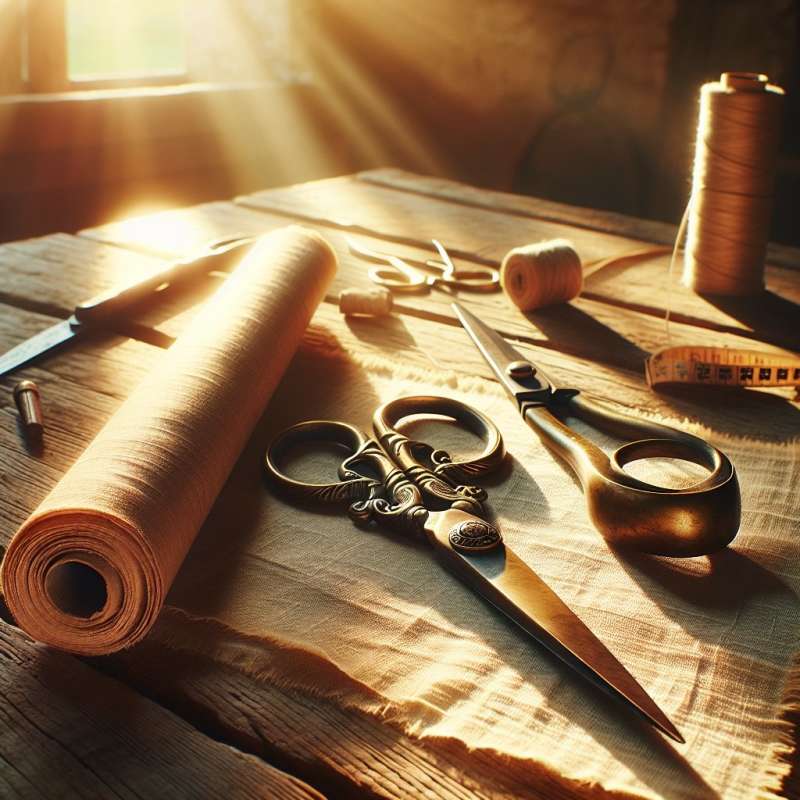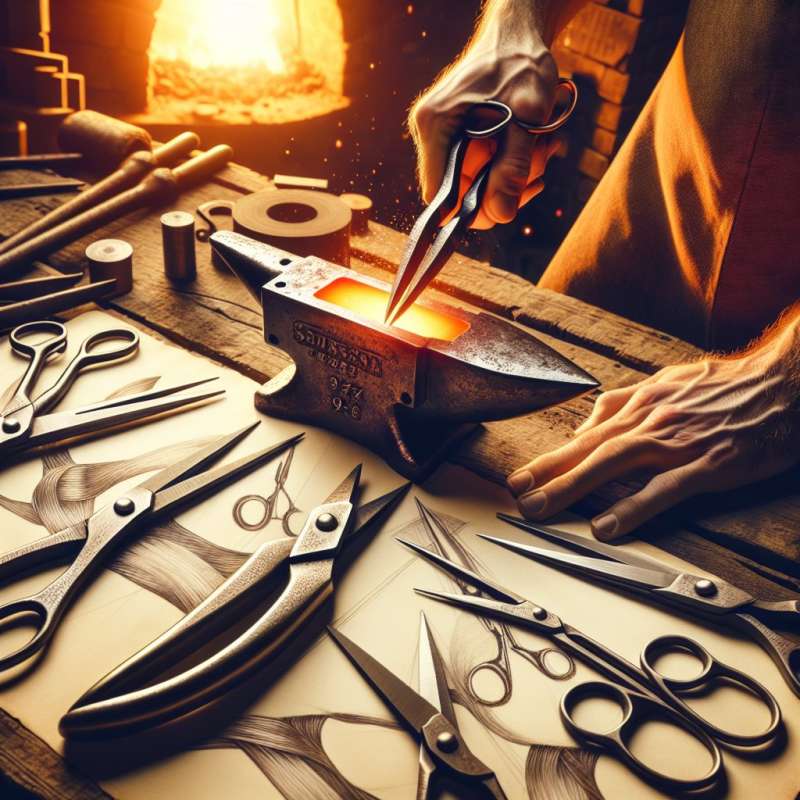
Introduction to Cutting Tools
Scissors and shears are common cutting tools with distinct differences. Despite both being used for cutting, they serve diverse purposes across various crafts and industries.
Scissors: Defined
Scissors typically have blades less than six inches long. They are symmetrical and designed for precision tasks such as paper cutting or thread snipping, often used with one hand.
Shears: Defined
Shears usually have one smaller handle and one larger to accommodate multiple fingers, allowing for more force. The blades are longer than six inches, ideal for fabric and heavy-duty materials.
Historical Evolution
The earliest scissors date back to ancient Egypt, around 1500 BCE. Shears evolved later, with distinct, elongated blades for tailoring, becoming a staple in the textile industry.
Material and Design
Scissors and shears are crafted from differing grades of steel for specific tasks. Ergonomics play a critical role in their design, influencing the ease of use and cutting efficiency.
Specialized Variants
Pinking shears with sawtooth blades prevent fabric fraying, while hairdressing shears are exceptionally sharp and precise. Specialized scissors include surgical ones that are vital in medical procedures.
Maintenance Tips
Proper care extends tool longevity. Regular cleaning, occasional oiling, and sharpening when necessary are crucial. Shears and scissors require different maintenance due to their size and blade composition.
What distinguishes scissors from shears?
Scissors are for heavy-duty materials.
Shears have longer blades than scissors.
Shears are ancient, scissors modern.
Company